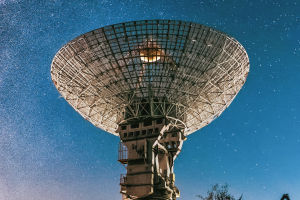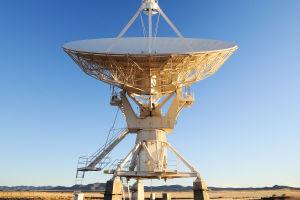In the early stages of marine research, scientists relied on rudimentary methods to assess seawater transparency.
They often filled containers with seawater and visually inspected its clarity, categorizing it as clear, foggy, or turbid.
To delve deeper into understanding the penetration of light in the ocean, mariners and early scientists would submerge white objects into the sea and observe transparency. It was during this period, in 1865, that astrophysicist Angelo Secchi invented a groundbreaking tool—the Secchi Disk.
This white disk, equipped with a lead weight and other heavy objects, was lowered into the ocean. When the disk disappeared from sight, the depth at which this occurred became known as the Secchi depth (ZSD). Despite being renowned for his achievements in astronomy, Secchi's contribution to marine science was overshadowed by his lack of academic recognition and political influence within the marine scientific community. Nevertheless, the Secchi Disk, invented by him during his sole voyage, emerged as a standard marine scientific instrument, widely utilized for studying transparency. Its name, derived from Secchi's, symbolizes a remarkable testament to his contribution.
The color visible in the ocean is not the inherent color of seawater, making it impossible to bottle seawater for color observation. The ocean's hue is influenced by numerous factors. As light enters the ocean, different wavelengths decay at varied rates in seawater. Blue-violet light, for instance, decays the slowest and is scattered and reflected back into the atmosphere, giving the ocean its characteristic blue appearance. The color of the sky, whether clear or cloudy, also impacts observations.
Seawater color is influenced by the depth and color of the seafloor, as well as substances present within the water. In regions with deep seafloors, the ocean appears blue-violet, whereas shallow seafloors reflect rays, altering the water's color. Suspended particles and dissolved organic matter further influence seawater color, with phenomena like red tides dramatically altering ocean hues.
When the sea surface is obscured, transparency and color measurements become challenging. Sea covers, such as foam and sea surface microlayers, hinder accurate assessments. To standardize color definitions, scientists developed color scales. In 1890, Francois Alphonse Forel devised a color scale comprising 11 hues from blue to green. Later, in 1892, Willi Ule expanded the scale with 10 additional hues from green to brown. Combining both scales created the Forel-Ule (FU) color scale, consisting of 21 colors.
Over time, a method for determining water color was established, linking back to the Secchi Disk. By measuring the depth of the Secchi Disk and observing water color above it, scientists could compare readings to the FU color scale.
Advancements in satellite technology have revolutionized transparency and water color assessment through remote sensing. Utilizing ocean spectral information obtained from satellites, scientists correlate it with the Secchi depth and FU color scale. Global ocean distribution data from 1997 to 2018 reveals trends, with the subtropical ocean circulation zone exhibiting the greatest transparency (often exceeding 50 meters) and minimal FU readings (between 1 and 2). Notably, the South Pacific Gyre stands out for its exceptional transparency, exceeding 60 meters and representing the clearest and most transparent waters globally.


